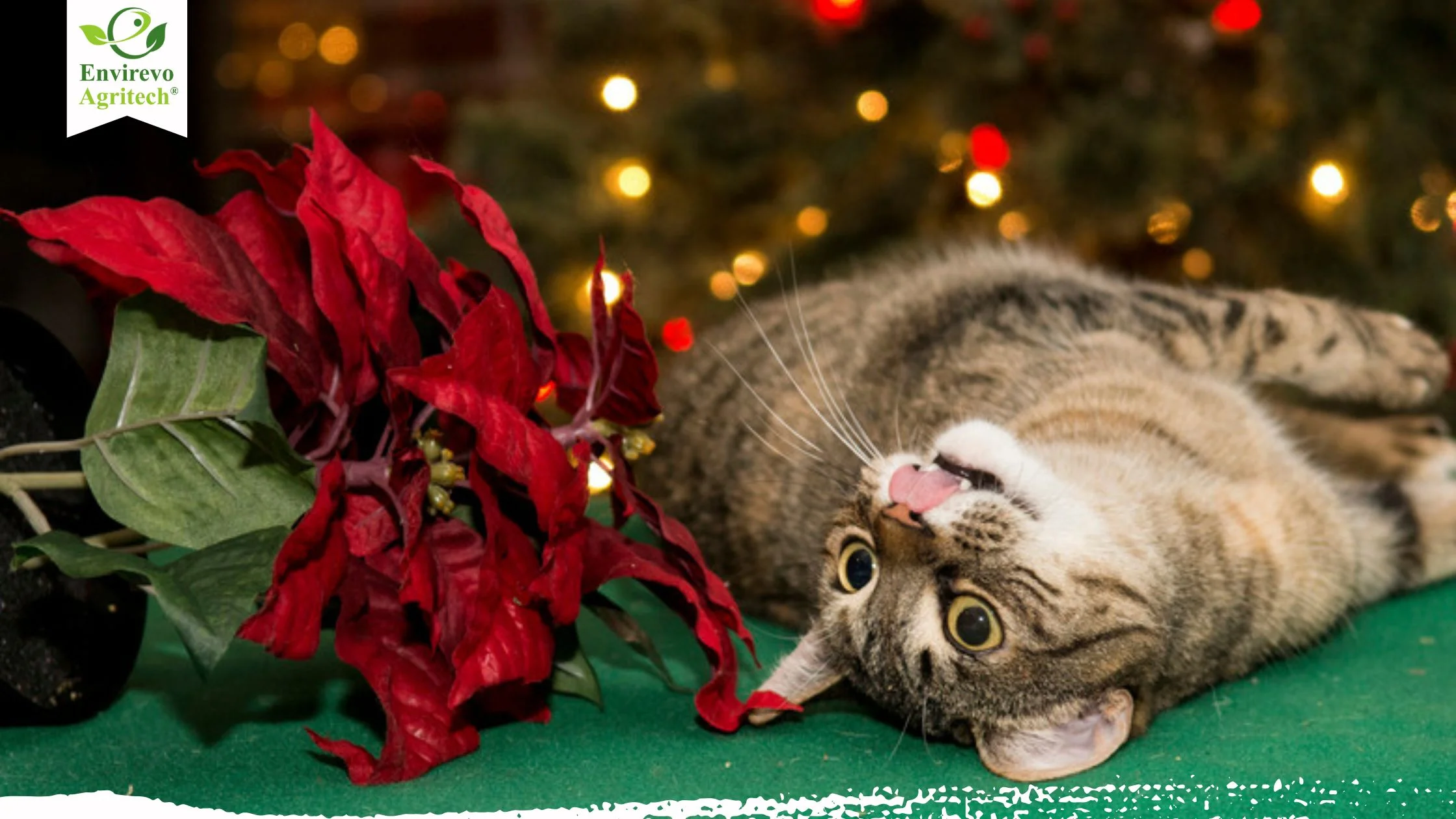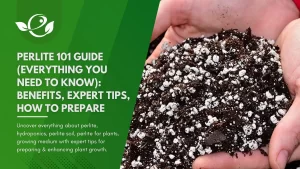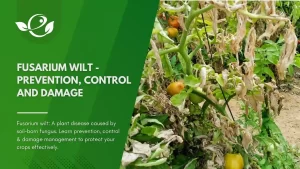Table of Contents
The poinsettia (Euphorbia pulcherrima) is synonymous with the holiday season, adorning countless homes with its vibrant red and green foliage. Yet each winter, worried cat owners ask: Are Poinsettias Poisonous to Cats? While the mere thought of a beloved pet in danger can send anyone into a panic, the reality is more reassuring than the legend suggests. In this article, we’ll delve into the science behind poinsettia toxicity, outline the signs of exposure, explain expert recommendations, and offer practical steps to keep your curious feline safe all season long.
What Are Poinsettias?
Poinsettias are woody shrubs native to southern Mexico and Central America. They belong to the spurge family (Euphorbiaceae) and are prized for their brightly colored bracts—modified leaves that appear as “flowers”—in shades of red, pink, white, and variegated patterns. The true flowers are the small yellow clusters at the center of each bract group.
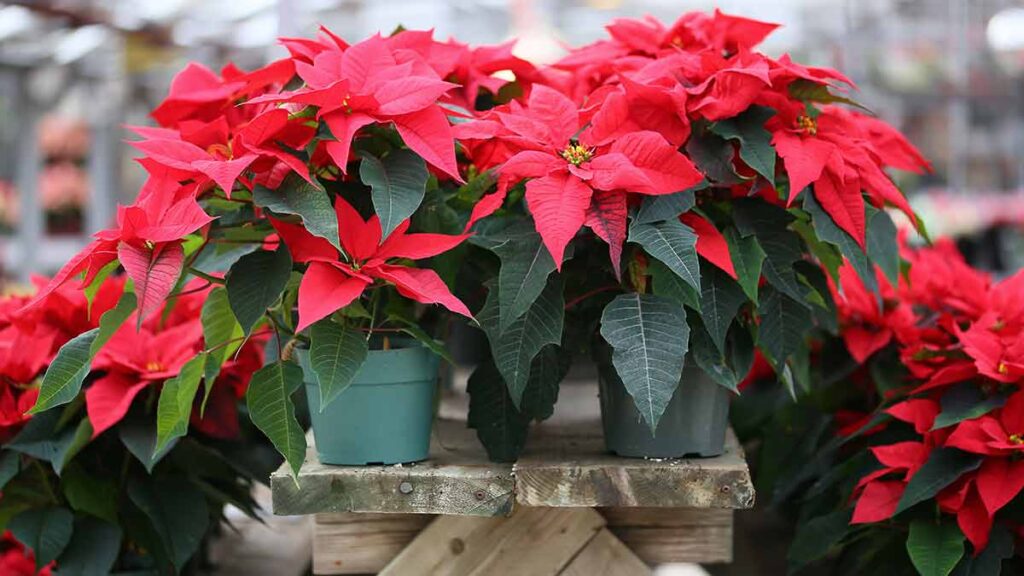
- Milky sap (latex): When a poinsettia leaf or stem is damaged, it exudes a white, milky sap. This latex contains irritant compounds.
- Active chemicals: The sap carries diterpenoid euphorbol esters and saponin-like substances. Both can provoke irritation in sensitive tissues.
- Holiday favorite: Since the 19th century, poinsettias have been cultivated as festive décor in the U.S., often placed on mantels, tables, or near windowsills—within paw’s reach of adventurous cats.
Despite their beauty, any plant that produces irritant latex deserves a closer look when pets live in the household.
Are Poinsettias Poisonous to Cats?
The question “Are Poinsettias Poisonous to Cats?” often conjures dramatic warnings that these festive plants can kill a curious feline with just one nibble. In reality, the truth lies somewhere between myth and understatement: poinsettias do contain irritant compounds, but their toxicity to cats is low and generally non-life-threatening.
Veterinary organizations classify poinsettias as “toxic,” but there’s a critical distinction between mildly irritating and deadly poisonous. The prevailing consensus among veterinarians—including the ASPCA and Pet Poison Helpline—is that:
- Poinsettias are only mildly toxic.
- Serious poisoning is exceedingly rare.
- Documented fatalities are virtually nonexistent.
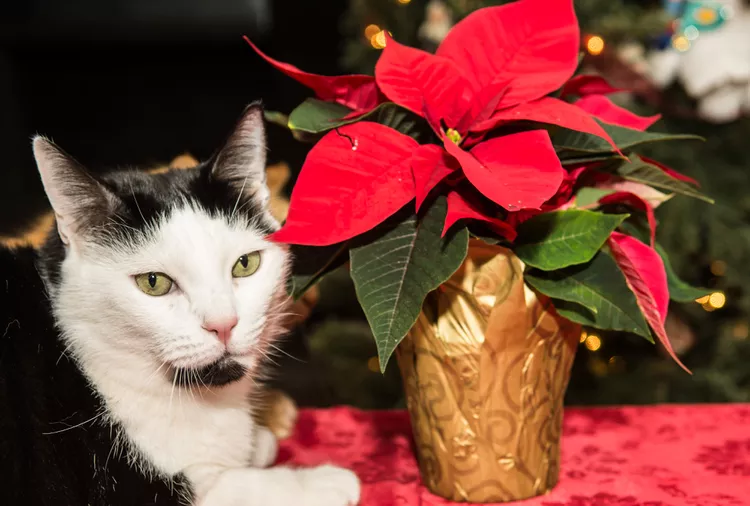
Veterinary Perspective
- ASPCA stance: Lists poinsettias under the toxic plant category but notes that ingestions generally cause only minor gastrointestinal discomfort.
- Pet Poison Helpline: Reports thousands of poinsettia calls with very few severe outcomes and zero confirmed fatalities in cats.
- Clinical reality: In most cases, a cat that nibbles a leaf will experience only transient drooling or upset stomach; the bitter taste usually deters them from eating more.
By understanding that poinsettias pose a low-level threat, cat owners can respond calmly rather than rushing to worst-case assumptions.
Underlying Toxic Compounds of Poinsettias
- Diterpenoid Euphorbol Esters:
These complex molecules are the primary irritants in the white latex that oozes when a poinsettia’s stem or leaf is damaged. They interfere with cell membranes, inducing inflammation in the mouth, esophagus, and gastrointestinal lining. - Saponin-Like Glycosides:
Common in many Euphorbiaceae family members, these glycosides can cause mild GI upset. They form soap-like foams when mixed with water (or digestive fluids), which irritate mucosal surfaces but rarely result in severe systemic effects. - Variable Concentrations:
The exact level of these compounds varies by cultivar, growing conditions, and plant maturity. Younger leaves and new shoots often carry higher sap concentrations, making fresh cuttings somewhat more irritating than mature foliage.
Symptoms of Poinsettia Ingestion in Cats
If your cat does sample poinsettia foliage or sap, watch for these signs:
Oral and Gastrointestinal Signs
- Excessive drooling and lip-licking: Sap irritates the mouth lining.
- Vomiting: A common response to ingesting latex compounds.
- Mild diarrhea: Occurs less frequently but possible if the gastrointestinal tract is irritated.
- Decreased appetite: Cats may refuse food briefly after mouth or stomach discomfort.
Skin and Eye Irritation
- Redness or swelling: Sap on the fur or paws can lead to localized dermatitis.
- Itchy paws: Cats may scratch at irritated areas where sap contacted the skin.
- Conjunctivitis or tearing: If sap contacts the eyes, it can cause mild redness and watering.
Onset and Duration
Most symptoms appear within minutes to a few hours after exposure and typically resolve within 24–48 hours. Because of the plant’s low toxicity, signs beyond mild irritation are unlikely.
What to Do If Your Cat Ingests a Poinsettia
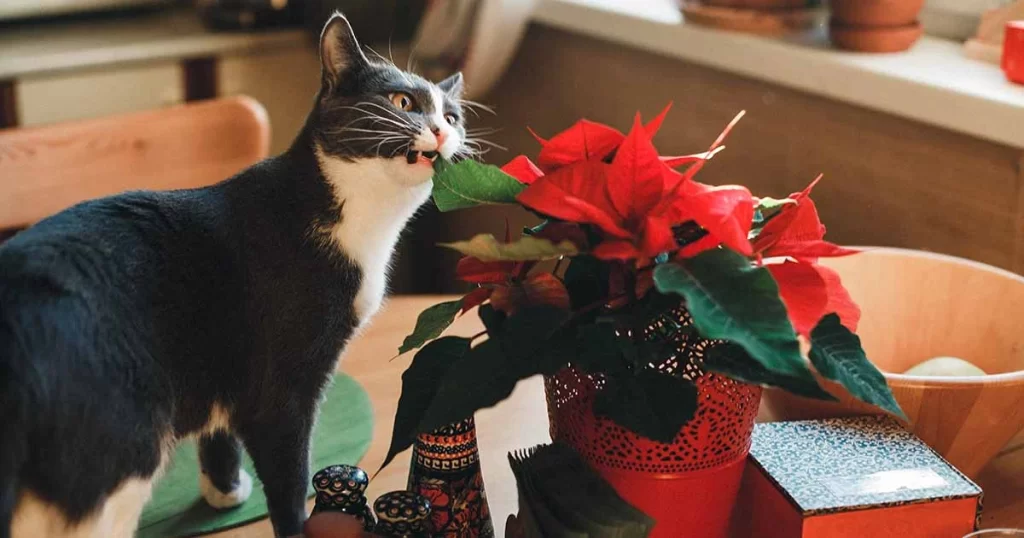
Even mild toxicity can be scary. Here’s an expert-recommended approach:
- Stay calm and remove access: Gently usher your cat away and place any remaining poinsettia out of reach.
- Clean visible sap: Use a damp cloth to wipe sap from the mouth, fur, or paws. For skin, follow with a mild, pet-safe shampoo if irritation persists.
- Monitor closely: Observe your cat for drooling, vomiting, or lethargy over the next few hours. Keep fresh water available to prevent dehydration.
- Home care for mild symptoms:
- If vomiting occurs once or twice, withhold food for 4–6 hours, then offer small amounts of bland diet (boiled chicken and rice).
- Avoid inducing further vomiting unless directed by a veterinarian.
- When to call your veterinarian.
- Repeated vomiting or diarrhea lasting more than 12 hours.
- Signs of dehydration (sunken eyes, dry gums, lethargy).
- Difficulty breathing or severe lethargy.
Have details ready: estimated amount ingested, time of exposure, and any symptoms observed.
Taking calm, measured steps helps ensure the best outcome—and it’s far easier on both you and your pet than a panicked trip to the clinic for a mild case.
Prevention Tips: Keeping Your Cat Safe
Even with low toxicity, prevention is the best strategy. Consider these measures:
1. Strategic Placement
- High, inaccessible spots: Mantels, tall shelves, or hanging planters keep plants out of feline reach.
- Enclosed display: Use pet-proof terrariums or decorative cages for holiday greenery.
2. Choose Pet-Safe Alternatives
- Artificial poinsettias: Realistic silk varieties eliminate any risk.
- Non-toxic plants: Christmas cactus (Schlumbergera spp.), African violet (Saintpaulia spp.), or spider plant (Chlorophytum comosum).
3. Offer Cat-Friendly Greens
- Cat grass or catnip: Satisfy the urge to nibble with safe, veterinarian-approved options.
4. Deterrents
- Textured barriers: Aluminum foil or double-sided tape around pot edges can discourage jumping.
- Pet-safe citrus spray: Cats dislike citrus scents, so a light mist around the base may keep them away.
5. Supervision and Enrichment
- Interactive play sessions: Tire out energetic cats so they’re less likely to explore plants.
- Perch alternatives: Provide window perches or cat trees away from holiday decorations.
By combining these tactics, you can enjoy festive greenery without worrying about your feline friends.
Myth-Busting and Historical Anecdotes
- Origin of the Legend:
A widely circulated—and wholly unfounded—story from the 1930s claimed a child drooled excessively after chewing a poinsettia leaf and soon died. Subsequent investigations found no medical records to support the claim. Nevertheless, the myth persists in pet care literature. - Case Reports:
Over four decades, the ASPCA and Pet Poison Helpline have logged tens of thousands of poinsettia exposure calls with no confirmed feline fatalities. Most cats present only mild, self-limiting signs.
Conclusion: Enjoy the Holidays with Confidence
So, are poinsettias poisonous to cats? The short answer: they can irritate, but they’re not highly toxic. While no plant should be considered completely risk-free, poinsettias rank among the least dangerous holiday flora. Armed with knowledge of mild symptoms, clear steps for home care, and proactive prevention strategies, you can keep both your home festive and your cat safe.
Remember: a little planning goes a long way. Place your poinsettias wisely, offer safe alternatives, and stay calm if a curious nibble occurs. With these expert insights, you’ll navigate the season confidently—knowing that both beauty and safety can coexist under your roof. Happy holidays and safe decorating!
You May also like:
- Best 16 Mosquito Repellent Plants to Keep Your Backyard Buzz-Free
- Clover Lawns vs. Grass: Why Americans Are Choosing the Eco-Friendly Alternative
- Best Low Maintenance Garden Ideas For Your Landscaping
Frequently Asked Questions (FAQ)
Can poinsettias harm kittens differently than adult cats?
Kittens have more sensitive digestive tracts and lower body weight, so they may exhibit symptoms (drooling, vomiting) after ingesting smaller amounts. However, the overall risk remains low, and most cases in kittens also resolve with minimal intervention.
Are poinsettias toxic to other common household pets?
Dogs: Dogs can show similar mild irritation (drooling, vomiting), but poinsettias are not considered highly toxic to canines.
Rabbits and Guinea Pigs: Small mammals may experience mild gastrointestinal upset if they nibble leaves.
Birds: Birds are unlikely to ingest enough poinsettia sap to become ill; most will avoid the bitter taste.
Could touching poinsettia sap trigger an allergic reaction in cats?
While rare, some cats with particularly sensitive skin might develop localized redness or swelling where sap contacts the fur or paws. Bathing the affected area with a mild, pet-safe cleanser usually alleviates irritation.
How long do symptoms of poinsettia exposure typically last?
Most cats show signs (drooling, mild vomiting, or diarrhea) within minutes to a few hours after exposure. Symptoms generally resolve within 12–24 hours as the irritant compounds are neutralized and passed through the digestive system.
Can poinsettia poisonings occur through inhalation?
No documented cases exist of respiratory symptoms from inhaling poinsettia particles. The risk is exceptionally low, as the irritant compounds act primarily through direct contact or ingestion.
Are there long-term effects after a cat recovers from poinsettia ingestion?
Generally, no long-term effects occur. Once the mild irritation subsides, cats typically return to normal behavior without residual issues. If unusual symptoms persist, consult your veterinarian to rule out other causes.
